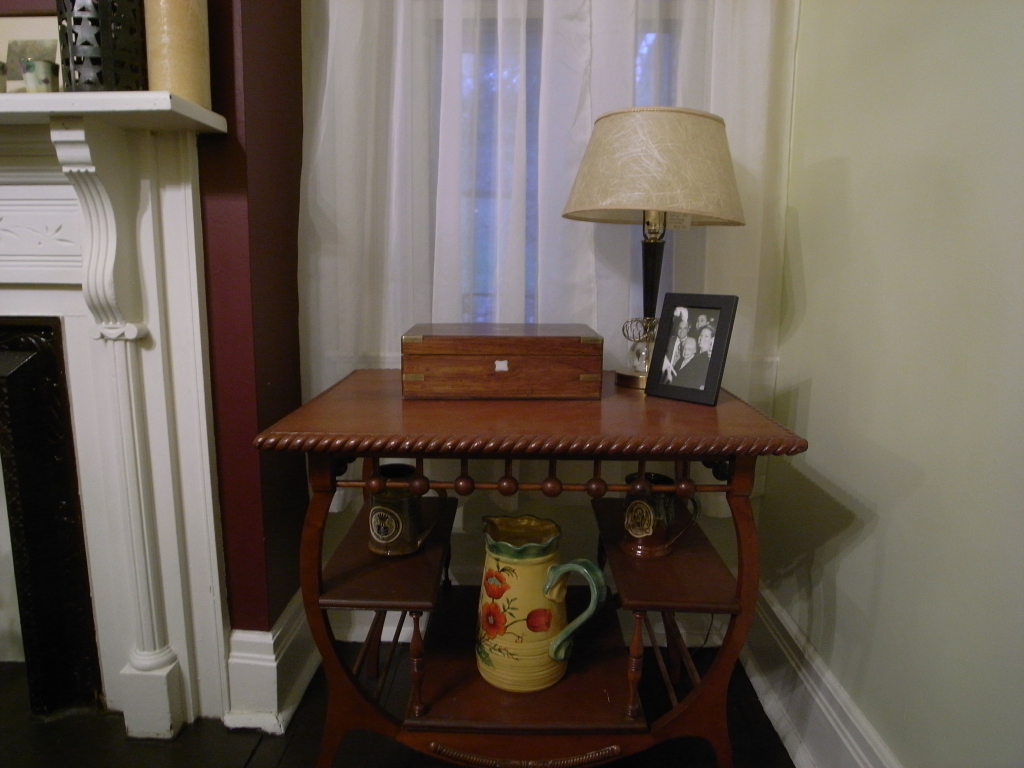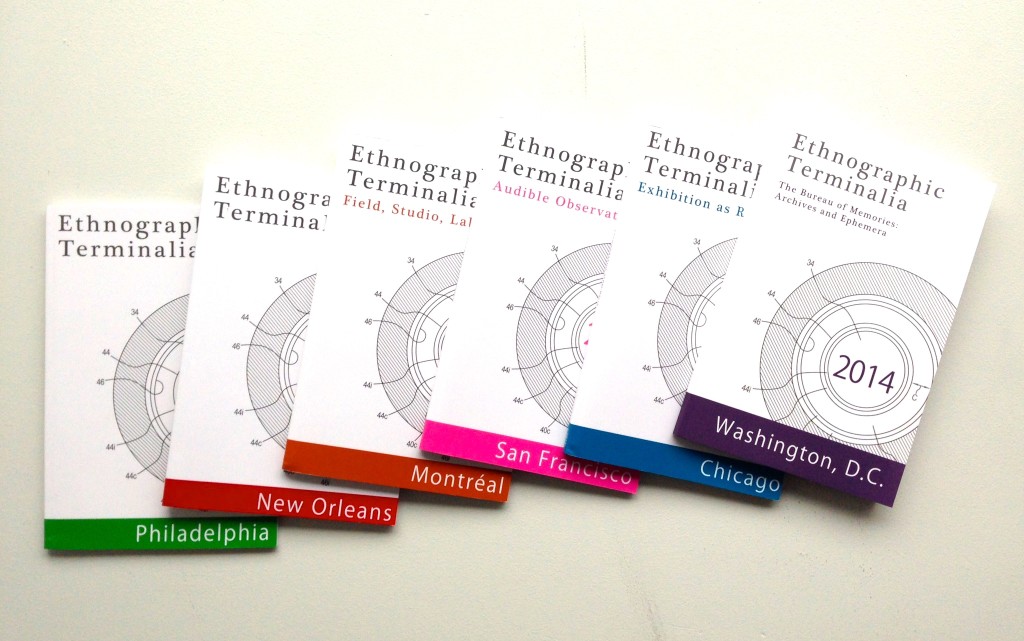Photobox
For over one hundred years, photographs have played a critical role in capturing, representing and provoking discussion on social movements and cultural events. In our world today, the convergence of social, cloud and mobile computing enable people to create archives of digital photographs at larger scales and faster rates than ever before. Facebook now receives 4,000 photo uploads per second, making it the largest photographic archive in human history by orders of magnitude. In an age of high technology, a paradox that philosophers have long debated seems more relevant than ever: if we capture everything, how will we make sense of anything? How will digital photo archives be meaningfully experienced over time, potentially across generations, as they grow to a size and scale never previously encountered? And, what implications might this trend toward rapid digital photo accumulation have for our practices of remembering on personal, social and cultural levels?
The Photobox is created to explore and respond to these questions. It is a slow technology intended to be used over many years that occasionally prints a randomly selected photo from its owner’s Flickr collection. Photobox provokes prolonged periods of reflection on discrete elements in the archive by subverting all control from its owner. Photos are automatically, infrequently and randomly pulled and printed from the archive; they are manifested to explore the casual material durability a photo might offer in contrast to the digital file. In contrast to still accelerating rates of photo accumulation, the Photobox explores opportunities for slowing down consumption of photos, opening a space for pause and reflection, and exploring the dynamics of use and non-use with critical photographic ‘display’ technologies.
Biography
William Odom is a researcher, designer and postdoctoral fellow in the School of Interactive Arts + Technology at Simon Fraser University. His research focuses on the growing presence of interactive technology in everyday life and its sometimes delightful, often disruptive, and nearly always unanticipated effects. He leads a range of research projects themed within slow technology, the growing digitization of people’s possessions and archives, and design-oriented methods to critically investigate potential technological futures. He holds a Ph.D. from Carnegie Mellon University and was a Fulbright Scholar in the design department at Griffith University’s Queensland College of Art in Brisbane, Australia. He lives in Vancouver, British Columbia.


